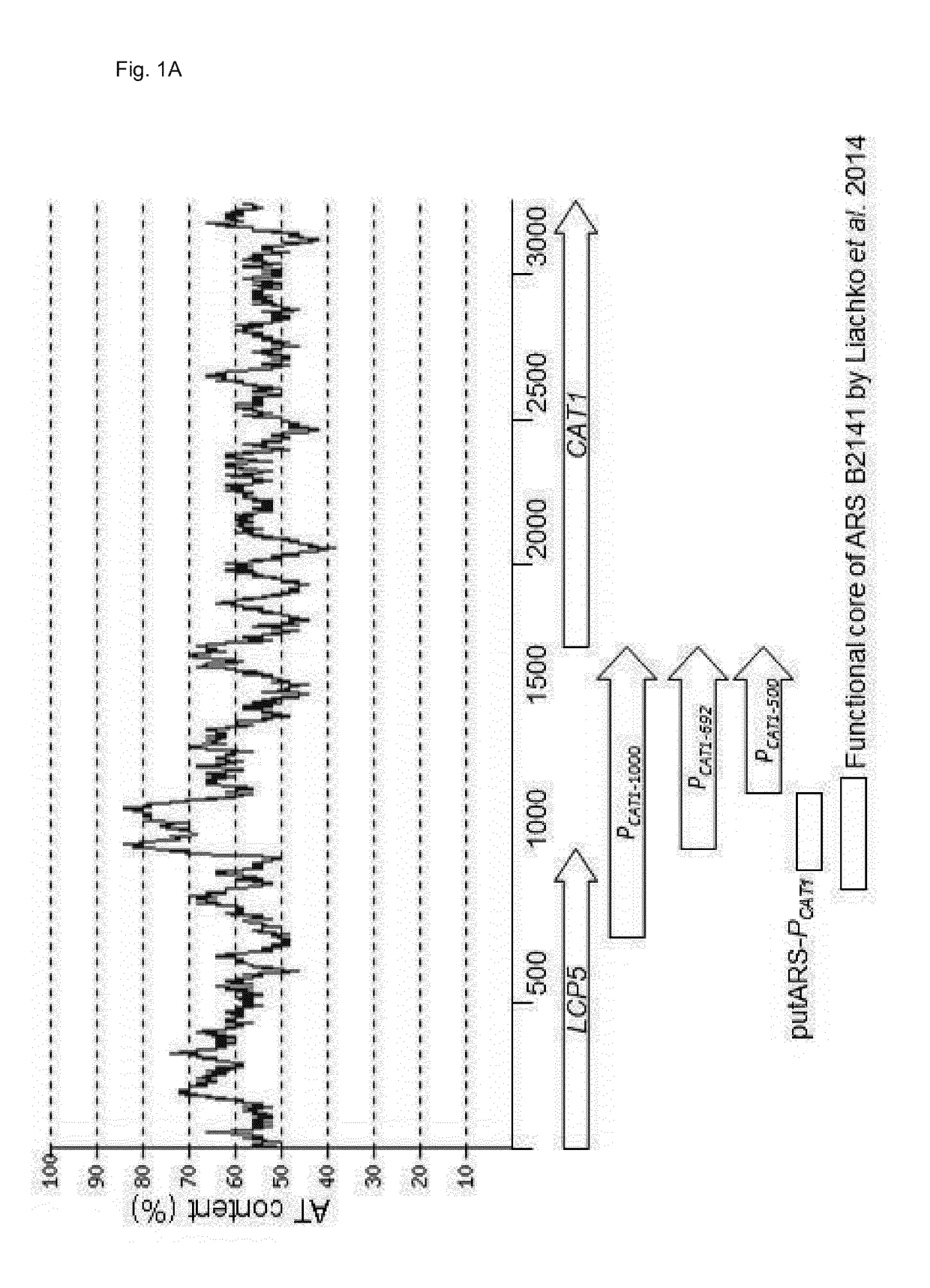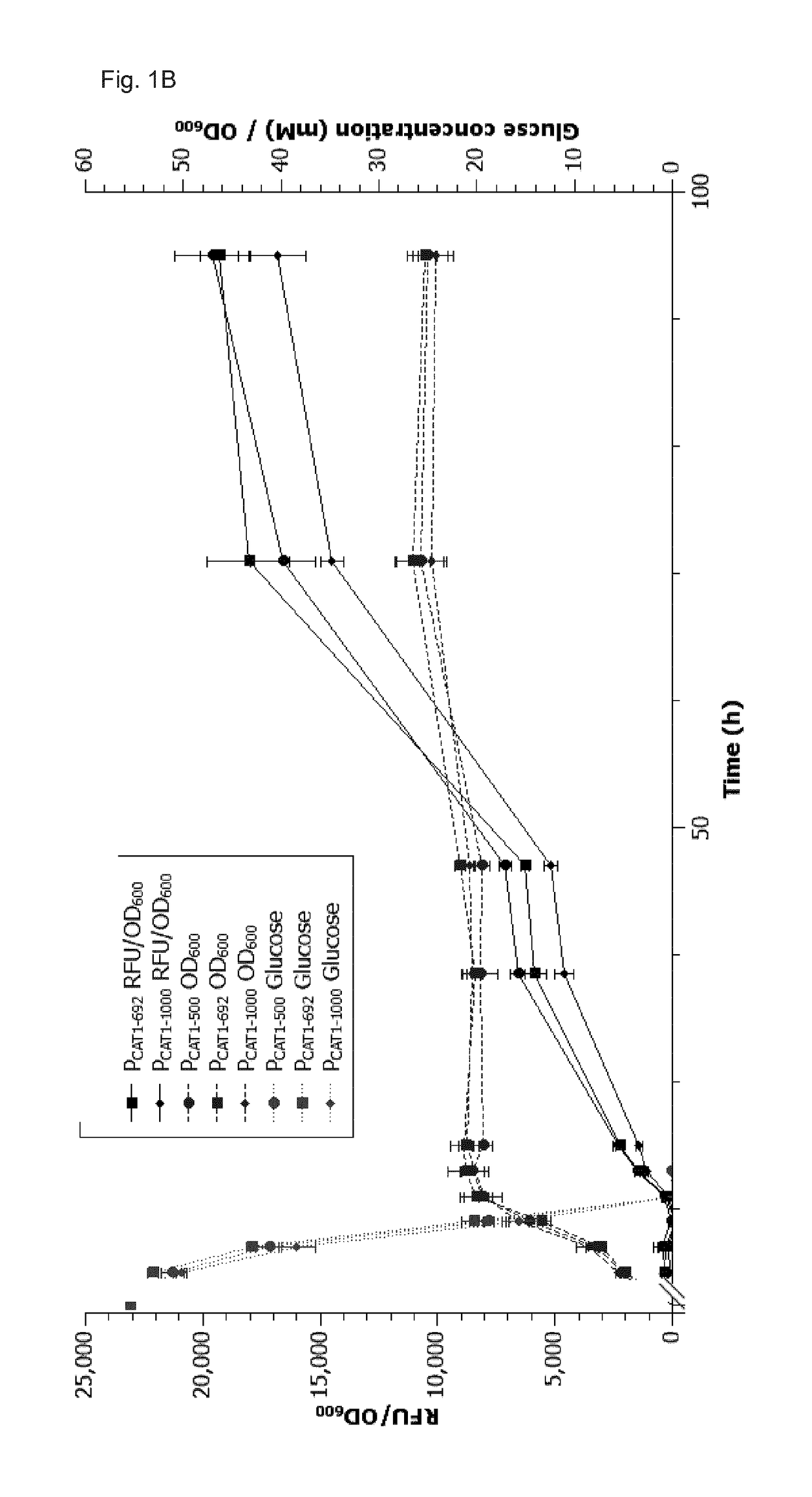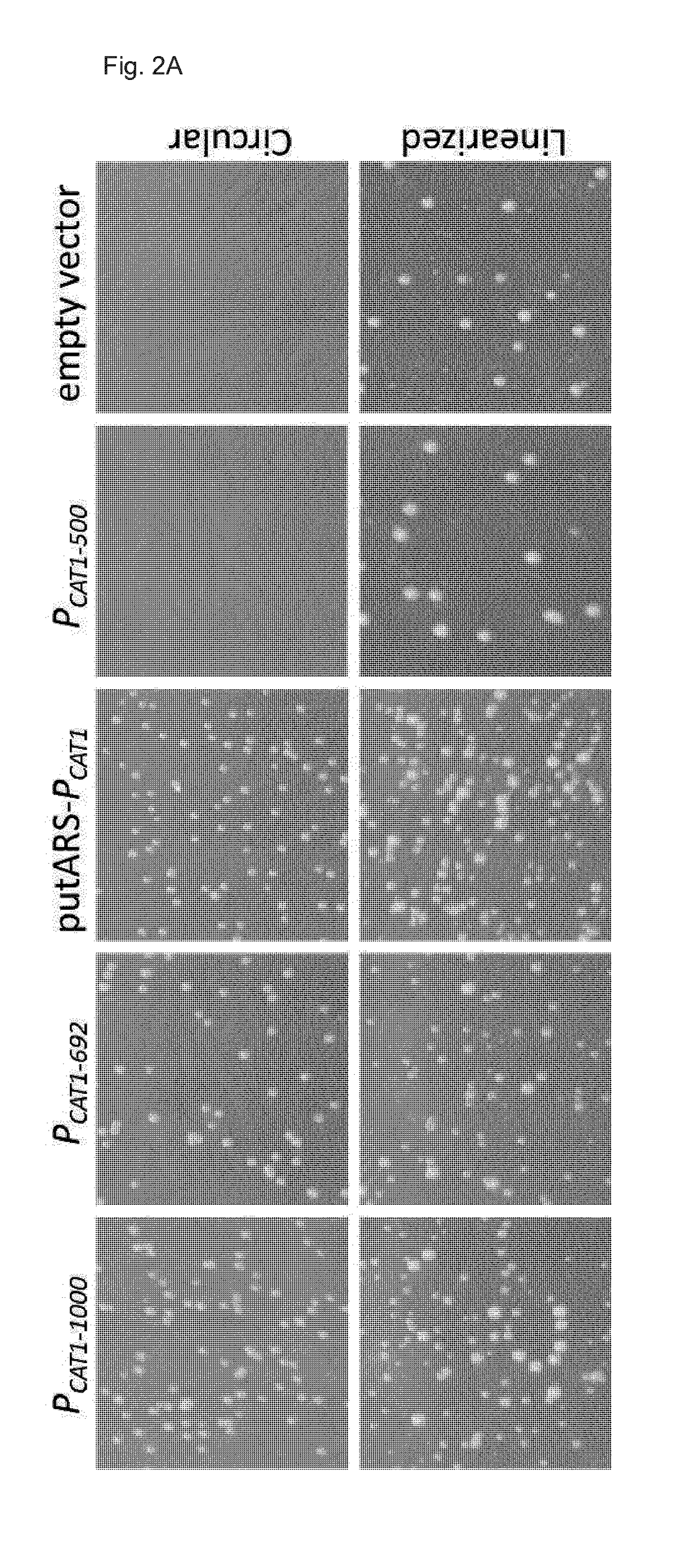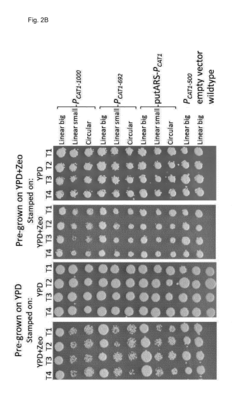What Are the Limits of Plasmoid Stability
Plasmoid Stability Background and Objectives
Plasmoid stability has been a central focus in plasma physics research for decades, with significant implications for fusion energy and astrophysical phenomena. The concept of plasmoids, coherent structures of plasma and magnetic fields, emerged in the mid-20th century as scientists sought to understand complex plasma behaviors in both laboratory and space environments.
The evolution of plasmoid stability research has been closely tied to advancements in fusion energy pursuits. Early experiments in magnetic confinement fusion revealed the challenges of maintaining stable plasma configurations, leading to the exploration of various magnetic field geometries and confinement strategies. The tokamak design, which became dominant in fusion research, highlighted the importance of understanding plasmoid dynamics for achieving sustained fusion reactions.
In parallel, space physics observations of magnetic reconnection events in the Earth's magnetosphere and solar corona expanded the relevance of plasmoid stability beyond laboratory settings. These natural phenomena demonstrated the ubiquity of plasmoid formation and their role in energy transfer processes throughout the universe.
The primary objective in studying plasmoid stability limits is to determine the conditions under which these plasma structures can maintain their integrity and coherence. This knowledge is crucial for optimizing fusion reactor designs, predicting space weather events, and understanding astrophysical processes such as solar flares and accretion disks around compact objects.
Key goals in this field include quantifying the factors that influence plasmoid stability, such as magnetic field strength, plasma temperature and density, and external perturbations. Researchers aim to develop predictive models that can accurately describe plasmoid behavior across various scales and conditions, from laboratory experiments to cosmic phenomena.
Another critical objective is to explore methods for actively controlling plasmoid stability. This includes investigating techniques for plasma heating, current drive, and magnetic field shaping that can extend the lifetime and enhance the performance of confined plasmas in fusion devices.
The pursuit of understanding plasmoid stability limits also drives technological innovation in diagnostic tools and experimental apparatus. Advanced imaging techniques, high-precision magnetic field sensors, and sophisticated data analysis methods are continually being developed to probe the intricate dynamics of plasmoids with unprecedented detail.
As the field progresses, there is an increasing emphasis on integrating theoretical models with experimental observations and numerical simulations. This multidisciplinary approach aims to bridge the gap between idealized theoretical predictions and real-world plasma behaviors, ultimately pushing the boundaries of our understanding of plasmoid physics and its practical applications.
Market Applications of Stable Plasmoids
Stable plasmoids have emerged as a promising technology with diverse market applications across various industries. In the energy sector, stable plasmoids offer potential breakthroughs in fusion energy research, potentially leading to more efficient and sustainable power generation methods. The ability to confine and manipulate plasma for extended periods could revolutionize fusion reactor designs, addressing the long-standing challenge of achieving net energy gain in fusion reactions.
In the aerospace industry, stable plasmoids present opportunities for advanced propulsion systems. Plasmoid thrusters could provide higher specific impulse and thrust-to-weight ratios compared to conventional chemical propulsion, enabling more efficient space travel and satellite maneuvering. This technology could significantly reduce mission costs and expand the capabilities of space exploration missions.
The manufacturing sector stands to benefit from stable plasmoids in materials processing and surface treatment applications. Plasma-based techniques for coating, etching, and surface modification could be enhanced through improved control and stability of plasmoids, leading to more precise and efficient manufacturing processes. Industries such as semiconductor fabrication and nanotechnology could leverage these advancements to produce higher-quality components and materials.
In the field of medicine, stable plasmoids show promise for non-invasive medical treatments. Plasma-based therapies could be developed for wound healing, sterilization, and cancer treatment. The ability to generate and maintain stable plasmoids at lower temperatures opens up possibilities for targeted therapies that minimize damage to surrounding healthy tissues.
Environmental applications of stable plasmoids include waste treatment and pollution control. Plasma gasification techniques could be improved to more efficiently process municipal and industrial waste, converting it into useful syngas while reducing harmful emissions. Additionally, stable plasmoids could enhance air and water purification systems, offering more effective methods for removing contaminants and pollutants.
The defense industry is exploring stable plasmoids for directed energy weapons and electromagnetic pulse (EMP) generation. These applications could lead to the development of non-lethal weapons and advanced electronic warfare capabilities. Furthermore, stable plasmoids could contribute to the creation of more effective electromagnetic shielding technologies for protecting critical infrastructure and military assets.
As research in stable plasmoid technology progresses, new market applications are likely to emerge. The interdisciplinary nature of plasmoid research suggests potential crossovers between different sectors, fostering innovation and creating new business opportunities. Companies and research institutions investing in stable plasmoid technology may find themselves at the forefront of multiple high-growth markets in the coming decades.
Current Challenges in Plasmoid Confinement
Plasmoid confinement remains one of the most significant challenges in fusion energy research. The primary obstacle lies in maintaining the stability of plasmoids for extended periods, which is crucial for achieving sustainable fusion reactions. Current confinement systems struggle to prevent plasma instabilities that lead to rapid energy loss and disruption of the fusion process.
One of the main challenges is the control of magnetohydrodynamic (MHD) instabilities. These instabilities can cause the plasma to deform and escape the magnetic confinement, resulting in a loss of fusion conditions. Researchers are actively working on developing advanced control systems and feedback mechanisms to detect and mitigate these instabilities in real-time.
Another significant hurdle is the management of plasma-wall interactions. As plasmoids come into contact with the reactor walls, impurities can be introduced into the plasma, cooling it and reducing fusion efficiency. Developing materials that can withstand the extreme conditions of fusion plasmas while minimizing impurity introduction remains a critical area of research.
The issue of plasma transport across magnetic field lines also poses a considerable challenge. Anomalous transport, which exceeds classical diffusion predictions, leads to energy and particle losses that limit confinement times. Understanding and controlling this transport phenomenon is essential for improving plasmoid stability and overall fusion performance.
Furthermore, the scaling of confinement with plasma size and magnetic field strength presents ongoing difficulties. While larger devices generally demonstrate better confinement, they also face increased engineering challenges and costs. Balancing these factors to achieve economically viable fusion reactors is a complex optimization problem that researchers continue to grapple with.
The development of advanced diagnostics for real-time plasma monitoring is another crucial area of focus. Accurate measurements of plasma parameters are essential for understanding and controlling plasmoid behavior, but the extreme conditions within fusion reactors make such measurements technically challenging.
Lastly, the integration of various plasma heating and current drive methods presents its own set of challenges. Optimizing the combination of radio-frequency heating, neutral beam injection, and other techniques to maintain stable, high-temperature plasmas requires sophisticated modeling and experimental validation.
Existing Plasmoid Stabilization Techniques
01 Magnetic confinement techniques
Various magnetic confinement techniques are employed to enhance plasmoid stability. These methods involve creating and manipulating magnetic fields to contain and control the plasma, preventing it from coming into contact with the reactor walls and maintaining its stability for longer periods. Advanced configurations of magnetic fields can significantly improve the confinement and overall stability of plasmoids.- Magnetic confinement techniques: Various magnetic confinement techniques are employed to enhance plasmoid stability. These methods involve the use of magnetic fields to contain and control the plasma, preventing it from coming into contact with the walls of the containment vessel. Advanced configurations of magnetic fields can significantly improve the stability and longevity of plasmoids.
- Plasma shaping and control: Techniques for shaping and controlling the plasma are crucial for maintaining plasmoid stability. This includes methods for adjusting the plasma's shape, density, and temperature distribution. Advanced control systems and algorithms are used to actively manage these parameters, responding to changes in the plasmoid's behavior in real-time.
- Stabilization through external fields: External fields, such as electric or electromagnetic fields, can be applied to enhance plasmoid stability. These fields can be used to counteract instabilities, provide additional confinement, or influence the plasmoid's internal dynamics. Careful tuning of these external fields is essential for optimizing their stabilizing effect.
- Plasma-wall interaction management: Managing the interaction between the plasma and the containment vessel walls is critical for plasmoid stability. This involves techniques to minimize plasma-wall contact, reduce impurity influx, and manage heat loads. Advanced wall materials and designs, as well as methods for controlling the plasma edge, are employed to address these challenges.
- Diagnostics and feedback systems: Advanced diagnostics and feedback systems play a crucial role in maintaining plasmoid stability. These systems continuously monitor various plasma parameters and provide real-time data for control systems. Machine learning and AI algorithms are increasingly being used to predict and mitigate instabilities, enhancing overall plasmoid stability and performance.
02 Plasma heating and compression methods
Effective heating and compression methods are crucial for maintaining plasmoid stability. These techniques involve carefully controlled energy input to heat the plasma while simultaneously compressing it to achieve higher densities. Advanced heating methods, such as radio-frequency heating or neutral beam injection, combined with precise compression techniques, can significantly enhance the stability and longevity of plasmoids.Expand Specific Solutions03 Plasma diagnostics and control systems
Sophisticated diagnostics and control systems play a vital role in maintaining plasmoid stability. These systems continuously monitor various plasma parameters such as temperature, density, and magnetic field strength, and provide real-time feedback to adjust operating conditions. Advanced sensors, data processing algorithms, and control mechanisms work together to detect instabilities early and implement corrective measures to maintain plasmoid stability.Expand Specific Solutions04 Plasma-wall interaction management
Managing plasma-wall interactions is crucial for plasmoid stability. This involves developing advanced wall materials and coatings that can withstand high temperatures and minimize impurity influx into the plasma. Additionally, techniques such as divertor configurations and active pumping systems are employed to control the plasma edge and reduce detrimental interactions between the plasma and the reactor walls, thereby enhancing overall stability.Expand Specific Solutions05 Plasmoid shaping and manipulation
Techniques for shaping and manipulating plasmoids contribute significantly to their stability. This includes methods for creating specific plasmoid geometries, controlling their rotation, and manipulating their internal structure. Advanced shaping techniques, such as those using external magnetic fields or electrostatic potentials, can help optimize the plasmoid's configuration for enhanced stability and performance in various applications.Expand Specific Solutions
Key Players in Plasmoid Physics
The field of plasmoid stability research is in a transitional phase, moving from theoretical exploration to practical applications. The market size is growing, driven by potential applications in fusion energy and space propulsion. Technological maturity varies, with companies like The Regents of the University of California and MedImmune LLC leading in academic research and biotechnology applications, respectively. Archer-Daniels-Midland Co. and Green Cross Holdings Co., Ltd. are exploring industrial applications, while institutions like Katholieke Universiteit Leuven and Institut National de la Santé et de la Recherche Médicale contribute to fundamental research. The competitive landscape is diverse, with a mix of academic, industrial, and governmental players collaborating and competing to push the boundaries of plasmoid stability.
The Regents of the University of California
Uchicago Argonne LLC
Breakthrough Innovations in Plasmoid Confinement
- Development of episomal plasmid vectors incorporating autonomously replicating sequences (ARS) from Candida boidinii, which are not operably linked to the gene of interest, providing increased transformation efficiency, stability, and uniform expression, allowing for methanol-free protein production and efficient library generation through in vivo homologous recombination.
- Development of high concentration liquid formulations of antibodies that immunospecifically bind to IL-9, free from surfactants, sugars, and certain amino acids, which are stable and maintain biological activity during storage and use, allowing for direct administration without reconstitution.
Safety Considerations in Plasmoid Experiments
Safety considerations in plasmoid experiments are paramount due to the high-energy nature of these plasma configurations. The stability limits of plasmoids directly impact the safety protocols required in experimental settings. Researchers must implement robust containment systems to prevent uncontrolled plasma releases, which could pose significant risks to personnel and equipment.
One primary safety concern is radiation exposure. Plasmoids can emit various forms of electromagnetic radiation, including X-rays and ultraviolet light. Proper shielding and monitoring systems are essential to protect researchers and the surrounding environment. Personal protective equipment (PPE) must be designed to withstand potential radiation exposure while allowing for necessary mobility and dexterity during experiments.
Thermal management is another critical safety aspect. The high temperatures associated with plasmoid formation and maintenance can lead to material degradation and potential equipment failure. Cooling systems must be carefully engineered to dissipate heat effectively without compromising the integrity of the experimental apparatus. Regular thermal inspections and maintenance schedules are crucial to prevent accidents caused by heat-related damage.
Electrical safety is of utmost importance in plasmoid experiments. The high voltages and currents required for plasma generation and confinement necessitate stringent electrical isolation and grounding protocols. Fail-safe mechanisms should be implemented to rapidly cut power in case of anomalies, preventing electrical arcing or equipment damage that could endanger personnel.
Magnetic field exposure is an often-overlooked safety consideration. Strong magnetic fields used in plasmoid confinement can interfere with medical devices such as pacemakers and pose risks to individuals with metallic implants. Clear signage, restricted access zones, and thorough screening procedures for personnel and visitors are essential to mitigate these risks.
Emergency response planning is crucial for plasmoid experiments. This includes developing detailed evacuation procedures, training staff in emergency protocols, and establishing communication systems for rapid response to potential incidents. Regular safety drills and simulations help ensure that all personnel are prepared to act swiftly and effectively in case of unexpected events.
Lastly, the potential for plasmoid instability leading to rapid plasma expansion or collapse must be addressed. Containment failure scenarios should be modeled and prepared for, with multiple layers of redundancy built into safety systems. This may include fast-acting plasma quench mechanisms, secondary containment structures, and advanced diagnostic systems capable of detecting early signs of instability.
Environmental Impact of Plasmoid Research
The environmental impact of plasmoid research is a critical consideration as this field of study continues to advance. Plasmoids, being confined plasma structures, have the potential to interact with their surroundings in various ways, necessitating a thorough assessment of their ecological footprint.
One of the primary environmental concerns associated with plasmoid research is the energy consumption required for plasma generation and confinement. The high-power systems used in experimental setups can contribute to increased electricity demand, potentially leading to indirect environmental effects if the energy source is not renewable. However, advancements in energy-efficient technologies and the integration of sustainable power sources can mitigate these impacts.
Electromagnetic emissions from plasmoid experiments are another area of environmental consideration. While the effects of these emissions on biological systems are still being studied, proper shielding and containment measures are essential to minimize any potential risks to the surrounding ecosystem. Long-term monitoring of local flora and fauna in the vicinity of research facilities can provide valuable data on any unforeseen ecological changes.
The use of various gases and materials in plasmoid research also warrants attention from an environmental perspective. Some experiments may involve rare or synthetic gases, which could have implications for resource depletion or atmospheric composition if released. Strict protocols for gas handling, recycling, and disposal are crucial to prevent unintended environmental contamination.
On a positive note, plasmoid research has the potential to contribute to environmentally beneficial technologies. For instance, insights gained from studying plasmoid stability could lead to advancements in fusion energy research, offering a cleaner alternative to fossil fuels. Additionally, plasmoid-based propulsion systems for spacecraft could reduce the reliance on chemical propellants, minimizing the environmental impact of space exploration.
The development of plasmoid-based waste treatment technologies is another promising area with potential environmental benefits. These systems could offer more efficient methods for breaking down pollutants or processing industrial waste, thereby reducing the environmental burden of traditional waste management practices.
As plasmoid research progresses, it is imperative to conduct comprehensive environmental impact assessments at each stage of development. This includes evaluating the lifecycle environmental costs of research facilities, equipment, and materials used. Implementing sustainable practices in laboratory operations, such as energy-efficient cooling systems and waste reduction strategies, can further minimize the ecological footprint of plasmoid research.



